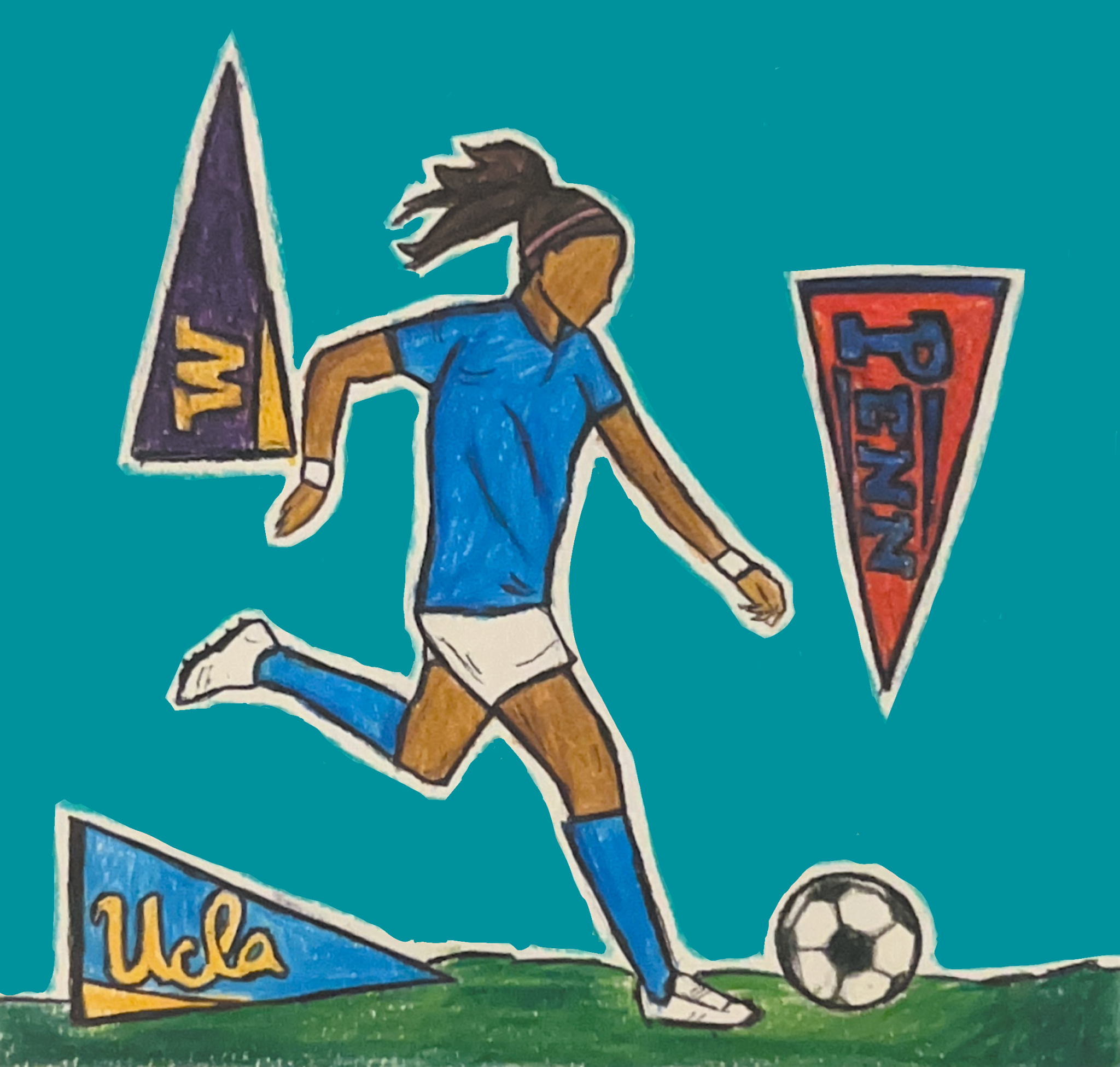Young, dedicated athletes that dream of competing at the collegiate level have to put in the work to have a chance. Anyone can acknowledge the benefits that scholarships can bring for a student, which proves to be an added incentive. In some cases, excelling in a sport can even open doors to universities that athletes might otherwise not have had access to due to cost accessibility or academics.
However, getting committed to play at the Division 1 level comes with challenges, including less time for academics and a social life. Years of intense training are required, and for many, the effort doesn’t always lead to recruitment. This raises an important question: how do you know if you’re good enough to go Division 1? With the amount of driven and talented athletes at Berkeley High School, there are many students with different experiences of making the transition from high school to college athletics.
Phoebe Dedlow, a BHS senior on the crew team, committed to Washington State University, began seriously pursuing a Division 1 spot during her junior year. She took an active role in her recruiting process, reaching out to college coaches to assess her eligibility. “I started to take it more seriously and saw a lot of improvement,” she said, “I talked to one of my coaches who recently graduated from college rowing, so I knew what times I needed to hit.” She signed a letter of intent in November of 2024.
For Tamar McKey, a BHS junior verbally committed to Auburn University in Alabama for soccer, the recruiting process was less planned. “I didn’t really know going D1 was a possibility for me until June 15, when I got my first offer,” she said. However, McKey was also aware of many players in her league that had gone on to play college sports, setting the precedent and making her own recruiting process seem more plausible. After visiting Auburn, she fell in love with the university’s culture. As an avid participant in competitive sports, McKey emphasized how being an athlete has shaped her beyond just the game, “It’s taught me about the sport, obviously, but also a lot about work ethic, teamwork, and life in general.”
Even after receiving an offer, deciding whether to accept it is a major decision for many athletes. One of the biggest factors athletes consider is the balance between academics and athletics. Akanni Owodunni, a BHS junior and baseball player, hopes to use his sport as a stepping stone to a professional career. “I was looking at Ivy League schools on the East Coast and California schools,” he explained, “It was a huge trade-off—better academics but weaker sports, or stronger sports with slightly lower-ranked academics.” Ultimately, he committed to the University of San Diego last September, after being impressed by their baseball league standing.
Enrique Sotelo, another baseball player, has a different perspective. Though he has received multiple offers, he has yet to commit to a college. “I’m waiting to find a program where I know I can succeed and truly enjoy my experience,” he said, “I’m considering different factors — academics, athletics, the culture, and traditions of the school.” Sotelo represents the many multifaceted athletes who prioritize the overall college experience over committing earlier.
Deciding to play Division 1 sports is a major commitment that requires balancing athletics, academics, and personal priorities. Similar to many decisions in life, what’s right for one athlete may not be right for another. It’s important for athletes to take the path and timeline that is right for them.





